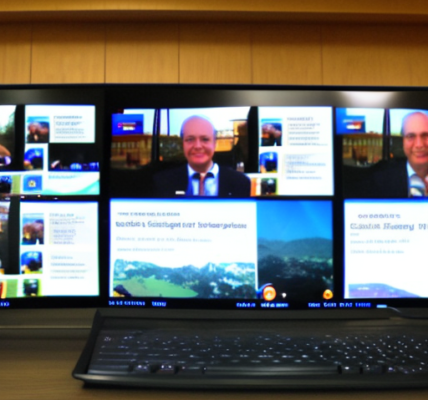Video conferencing has become a cornerstone of modern work environments. To ensure these meetings are productive and efficient, it is essential to implement strategies that maximize engagement and outcomes.
Preparation is Key
Define Clear Objectives: Start by outlining the purpose of the meeting and the desired outcomes. Share these with participants beforehand.
Distribute an Agenda: A well-structured agenda helps keep the meeting focused and on track. Distribute it at least a day in advance.
Test Technology: Ensure all participants have tested their video and audio equipment to prevent technical issues that could disrupt the meeting.During the Meeting
Start on Time: Begin the meeting promptly to respect everyone's time and set a professional tone.
Designate Roles: Assign roles such as a moderator, timekeeper, and note-taker to streamline the meeting process.
Encourage Participation: Use strategies such as round-robin discussions or direct questions to ensure everyone is engaged and contributing.Effective Communication
Be Concise: Encourage participants to be concise in their contributions to avoid unnecessary tangents.
Use Visual Aids: Incorporate slides, charts, and other visual aids to enhance understanding and retention of information.
Summarize Key Points: Periodically summarize key points to ensure everyone is on the same page.Follow-Up Actions
Distribute Meeting Minutes: Send out detailed meeting minutes and action items promptly after the meeting.
Set Deadlines: Clearly define deadlines for each action item and assign responsibilities to specific individuals.
Solicit Feedback: Ask for feedback on the meeting to identify areas for improvement.Conclusion
By following these best practices, you can ensure that your video conferences are productive and efficient, leading to better outcomes and more effective collaboration.
RP Smith
https://pingpalz.com


